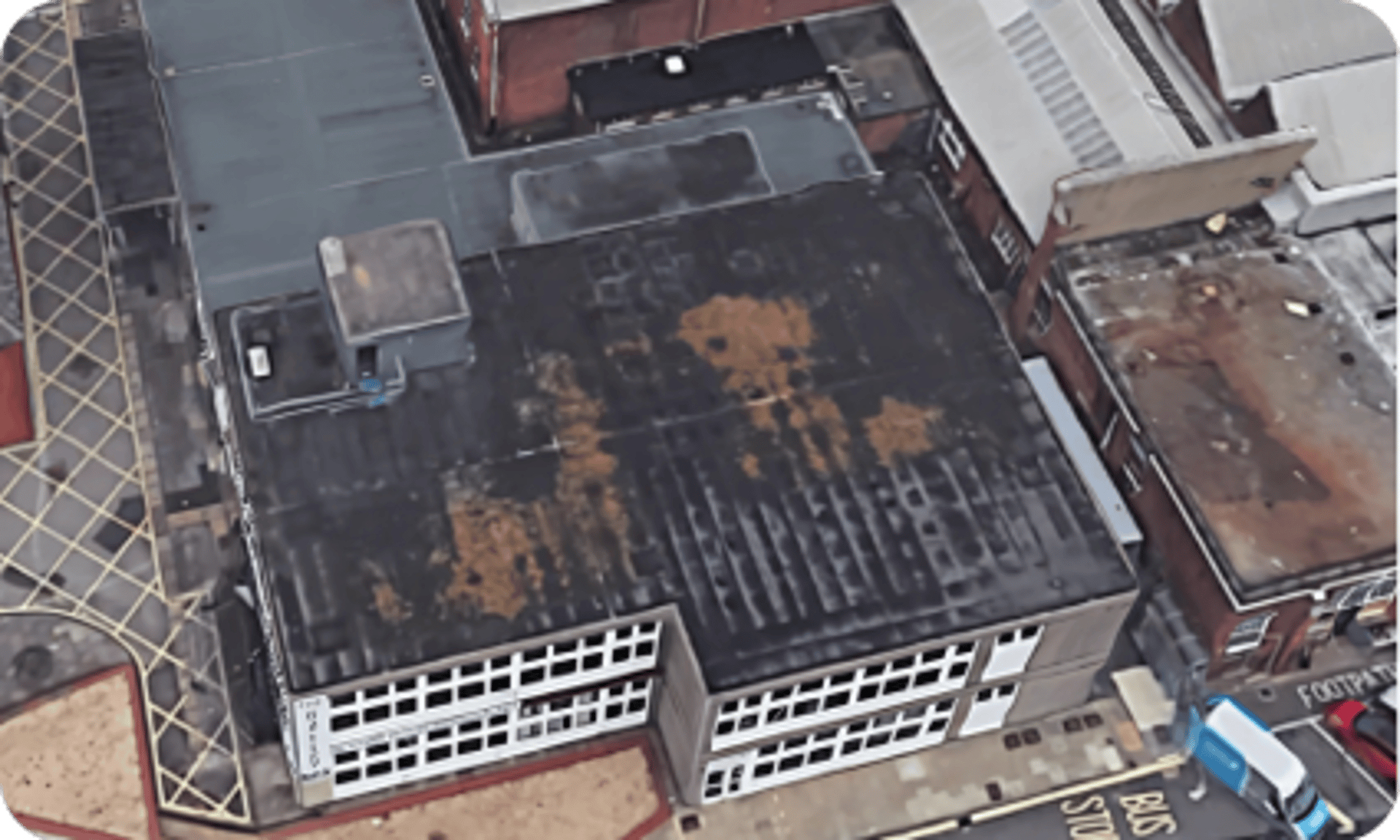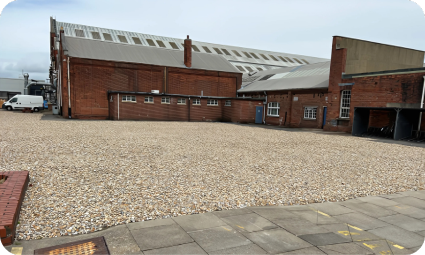Open mon-fri 🕔 07:30 - 17:00 ✆ 02380 011 761

Demolition in a Constrained Environment
This case study highlights the successful demolition of a building, complete with comprehensive asbestos removal and the import of shingle to leave a pristine finish.
3/6/20252 دقيقة قراءة


Successful Demolition in a Constrained Environment
In the world of demolition and asbestos removal, operating in a constrained environment presents unique challenges that require meticulous planning, precision, and expertise. This case study highlights the successful demolition of a building, complete with comprehensive asbestos removal and the import of shingle to leave a pristine finish.
Step 1: Detailed Planning and Risk Assessment
Before any demolition could commence, a detailed plan and risk assessment were critical. This included:
Site Survey: Conducting a thorough survey to identify all potential hazards, including structural weaknesses, asbestos presence, and nearby structures that could be affected.
Regulatory Compliance: Ensuring compliance with local regulations and obtaining necessary permits. In the UK, this included adhering to guidelines set by the Health and Safety Executive (HSE).
Asbestos Survey: A comprehensive asbestos survey to identify and document all asbestos-containing materials (ACMs) within the building.
Step 2: Asbestos Removal
Asbestos removal is a delicate and hazardous process that requires specialised expertise and equipment. Here’s how it was managed:
Containment: Establishing airtight containment zones to prevent asbestos fibers from spreading. This involved using negative pressure units and sealing off all openings.
Personal Protective Equipment (PPE): Workers wore appropriate PPE, including respirators, disposable overalls, and gloves, to protect themselves from exposure.
Safe Removal and Disposal: Carefully removing ACMs following strict safety protocols, ensuring they were double-bagged and labeled for safe transport to licensed disposal facilities.
Step 3: Demolition Execution
Once the site was cleared of asbestos, the actual demolition began. Key steps included:
Controlled Demolition Techniques: Using controlled demolition methods such as high-reach excavators, cutting tools, and hydraulic breakers to minimise dust and debris.
Dust Suppression: Implementing dust suppression measures like water sprays and mist cannons to control airborne particles and protect nearby areas.
Debris Management: Systematically removing debris from the site, sorting materials for recycling where possible, and ensuring safe disposal of non-recyclable waste.
Step 4: Imported Shingle for a Pristine Finish
After the building was safely demolished and the site was cleared, the final touch involved importing shingle to create an aesthetically pleasing and functional finish.
Site Preparation: Leveling the ground and preparing the site to receive the shingle. This included installing a geotextile membrane to prevent weed growth and ensure stability.
Shingle Selection: Choosing the right type and size of shingle to match the desired look and functionality. Common options included pea gravel, crushed stone, and decorative aggregates.
Even Distribution: Spreading the shingle evenly across the site using rakes and compacting tools to achieve a uniform and stable surface.


Final Thoughts
Successfully demolishing a building in a constrained environment, complete with thorough asbestos removal and a final shingle finish, required a comprehensive approach that prioritised safety, regulatory compliance, and meticulous execution. By following these detailed steps, we ensured a smooth process that met all safety standards and left the site in an impeccable condition.
H.E.S Can Help
If you’re planning a project and have any demolition, asbestos surveying, or asbestos removal requirements, H.E.S can help.
Don’t hesitate to contact our award-winning team on 02380 011761 or email enquiries@hesgroup.org.uk. Your safety is our priority.
Get in touch
Get in touch today to discuss your requirements and discover how H.E.S Group can support your project.
خبرة موثوقة.
امتثال كامل.
نتائج مثبتة.
المكتب المسجل
اتصل بنا
Unit 1, Withy Park,
Withy Meadows,
Dutton Lane,
Eastleigh
SO50 6AB
Hampshire Environmental Services Ltd. Registered in England (05894514) © 2025. All rights reserved.
وسائل التواصل الاجتماعي
قانوني
✆ 02380 011 761


